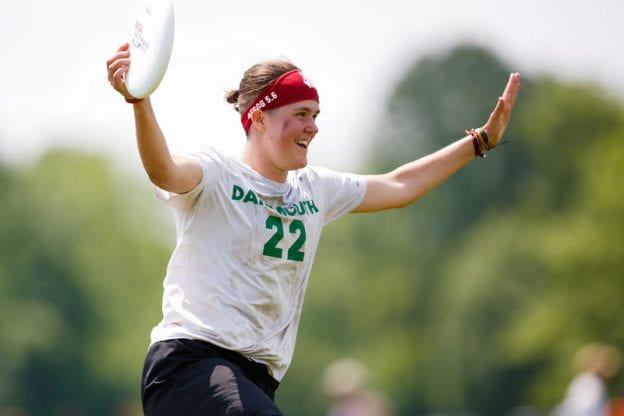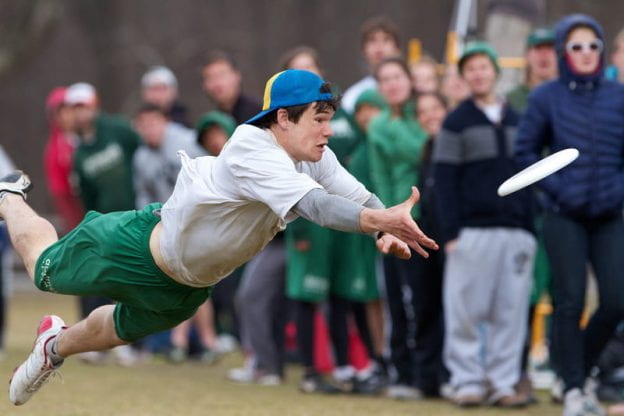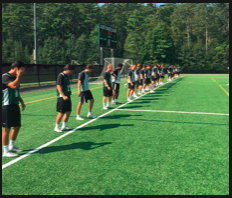General Information about Item:
- Genre: Material Lore – dish; Customary Lore – celebration, family tradition
- Language: English with some Italian
- Country of Origin: Italy
- Informant: M.P.S.
- Date Collected: November 19, 2020
Informant Data:
- M.P.S. is a 22-year-old senior studying Mathematics and Computer Science at Dartmouth College. She is half Canadian and half Italian, but she spent most of her life in England. As a young child, she spent some time living with her relatives in Italy, where she learned to speak basic Italian and became accustomed to many local traditions, especially ones related to food. She is non-religious but enjoys celebrating Christmas with her family.
Contextual Data:
Cultural Context
- In Italy, Christmas cakes, more accurately described as sweet breads, are traditional desserts eaten for Christmas celebrations. During the Middle Ages, only rich people could afford to eat white bread, and sweet bread was considered a luxury reserved for the nobility. Nowadays, they are much more affordable and extremely popular among Italian households. Most families purchase them at the store days or even weeks in advance, though some choose to bake their own at home.
Social Context
- Christmas cake, as the name implies, is eaten on or around Christmas Day. Store-bought Christmas cake is often packaged in a beautiful paper container. Many families have their own rituals when it comes to unpackaging the Christmas cake and sharing the delicious contents within.
Item:
- Pandoro, which translates to “golden bread,” is a type of traditional Italian Christmas cake that originates from Verona. It is a plain sweetbread dusted with vanilla-scented icing sugar that is well-known for its distinctive golden color, which signifies wealth. When viewed from above, the shape of Pandoro resembles an eight-pointed star, which symbolizes salvation and abundance from a Judeo-Christian perspective. When purchased from the store, Pandoro is nicely packaged with the icing sugar included in a plastic packet. For many families, the preparation of Pandoro is an entertaining ritual that typically takes place early Christmas morning: the whole sweetbread is placed in a plastic bag along with the powdery icing sugar. The plastic bag is then sealed and shaken vigorously until the cake is fully coated in icing sugar. Afterwards, the Pandoro is sliced and shared among the family. Unfortunately, Pandoro is difficult to find in the US. Many Italian American families prefer Panettone, a cupola-shaped Christmas cake from Milan that contains dried or candied fruits.
Image File:

Bauli Pandoro, a popular brand (Photo was taken by M.P.S. on November 30, 2020; she ordered the Pandoro from the store more than a month in advance)
Audio Clip:
Transcript:
M.P.S. (informant): So I eat this food, so my food is called a Pandoro. Am I meant to say that now?
W.W. (collector): Yeah, yeah.
M.P.S.: Okay, so my food is called a Pandoro. It’s basically a Italian Christmas bread, cake type food. And it is my favorite food of all time. I love it so much. I’ve eaten it every Christmas since I was a baby. Either if I was in Italy, that Christmas, or if I was in England, which is where I live. And this is basically a type of kind of big, fluffy yellow cake that you can eat around Christmas time. I don’t know if there’s any specific rules. But typically, my family we wait until Christmas day to open it. We buy it from the store, we don’t make them ourselves. And one of the fun-est things about them is that you take the icing sugar, and you mix it into, into this kind of plastic bag, and you put the whole cake in the plastic bag, and you shake it around until the cake is coated and icing sugar. So that’s kind of like the ritualistic element every Christmas morning. So the first thing we do is open the Pandoro and shake it up so that it’s ready to eat at lunchtime.
W.W.: Great. And the tradition that you just mentioned is something that you only do with your family, or is this a common thing for Italian families to do?
M.P.S.: Well, a lot of Italians eat Pandoro at Christmas. And I mean, you typically, when you buy them, they’ll come with a packet of icing sugar and a plastic bag in the box ready for you to do, so I think lots of Italian families do shake it up together. It’s kind of like celebratory, although I don’t know whether or not it’s specifically like on Christmas Day or just around the time. And some people obviously make them themselves. They home-make.
W.W.: So you mentioned Pandoro is Italian Christmas cake. Could you talk a little bit about how it’s, like what’s special about the cake? Um, like for example, like the shape, the way it’s made.
M.P.S.: So it’s kind of shaped like a Christmas tree, and it’s really tall. So like from the top it looks like a star which is really nice and Christmas-y and it’s made it’s pretty simple. The ingredients, I’m pretty sure just butter, sugar, flour, eggs, or I’m not even sure I don’t think there’s eggs actually. Um, and it’s originally like bread. So it’s Pandoro, which means like bread, gold bread, right, “pan” is bread, and “d’oro” is gold. So it’s like meant to be very like yellow, yellowy. So that’s kind of what makes it stand out. There’s another Christmas cake called Panettone which is similar and maybe more commonly found, like in America, or I’ve seen it more often like, in places like Starbucks and things, and this has got fruits and stuff in it. But Pandora is typically like plain, and you’re just eating it with sugar. Some people like prepare it different ways. I like to dip it in milk. I think it’s really delicious.
Informant’s Comments:
- If you haven’t tried Pandoro before, I highly recommend you try it. It’s so good. It doesn’t seem like it should be that good because it’s just bready sponge cake. But it is. There is something about it and the flavor. That makes it my favorite thing about Christmas time. It’s so delicious. And if you try it, you shouldn’t put whipped cream or ice cream or chocolate on top. Just eat it like is meant to be eaten, at least for the first time, so you get the proper experience because I feel like it’s got such a delicate flavor.
Collector’s Comments:
- Fortunately, I was able to try Pandoro in my freshman year of college. It tastes absolutely amazing, and the experience was one of the highlights of my winter term. I really enjoyed learning about the informant’s lovely family tradition on Christmas morning where they prepare the Pandoro together. I didn’t know food preparation could be so fun!
Collector’s Name: Winston Wang







